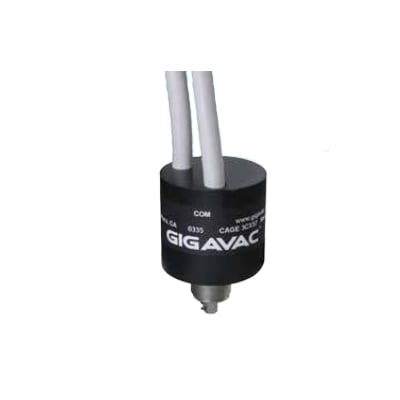 | Latching relays provide a unique feature that can be used in any basic relay form, SPST, SPDT, or DPDT. Most relays and contactors are considered “fail safe.” Fail safe relays require coil power applied continuously to make sure the relay is switched. Once coil power is removed the moveable contact in a fail safe relay returns to its default position. Latching relays require a momentary coil pulse to change the position of the moveable contact. Continuous coil power is not required to keep the relay in a particular switched state. When the application circuit needs to switch a latching relay it sends a pulse to the coil to change the moveable contact position. |
| Product Series | Rated Voltage (KV Peak) DC or 60Hz | Max Carry (Amps) DC or 60Hz | Form | Weight Nom (g) | Downloads |
| G12L Series | 8 | 10 | 2C= Single Pole Double Throw | 71 | Datasheet 3D STEP |
| G8L Series | 15 | 30 | C = Single Pole Double Throw | 85 | Datasheet |
| G2L Series | 15 | 50 | C = Single Pole Double Throw | 85 | Datasheet 3D STEP 3D STEP Jam Nut Mounting |
| G13L Series | 15 | 10 | 2C= 2xSingle Pole Double Throw | 142 | Datasheet 3D STEP 3D STEP Jam Nut Mounting |
| G15L Series | 15 | 12 | C = Single Pole Double Throw | 85 | Datasheet |
| G62LC Series | 25 | 18 | C = Single Pole Double Throw | 340 | Datasheet |
| G61LA Series | 35 | 10 | 1 | Datasheet | |
| G61LC Series | 35 | 10 | C = Single Pole Double Throw | 336 | Datasheet |
| G60L Series | 35 | 12 | C = Single Pole Double Throw | 85 | Datasheet 3D STEP |
| G64LC Series | 50 | 10 | C = Single Pole Double Throw | 340 | Datasheet |
| G71LA Series | 70 | 10 | 12 | Datasheet | |
| G71LC Series | 70 | 10 | C = Single Pole Double Throw | 12 | Datasheet |
